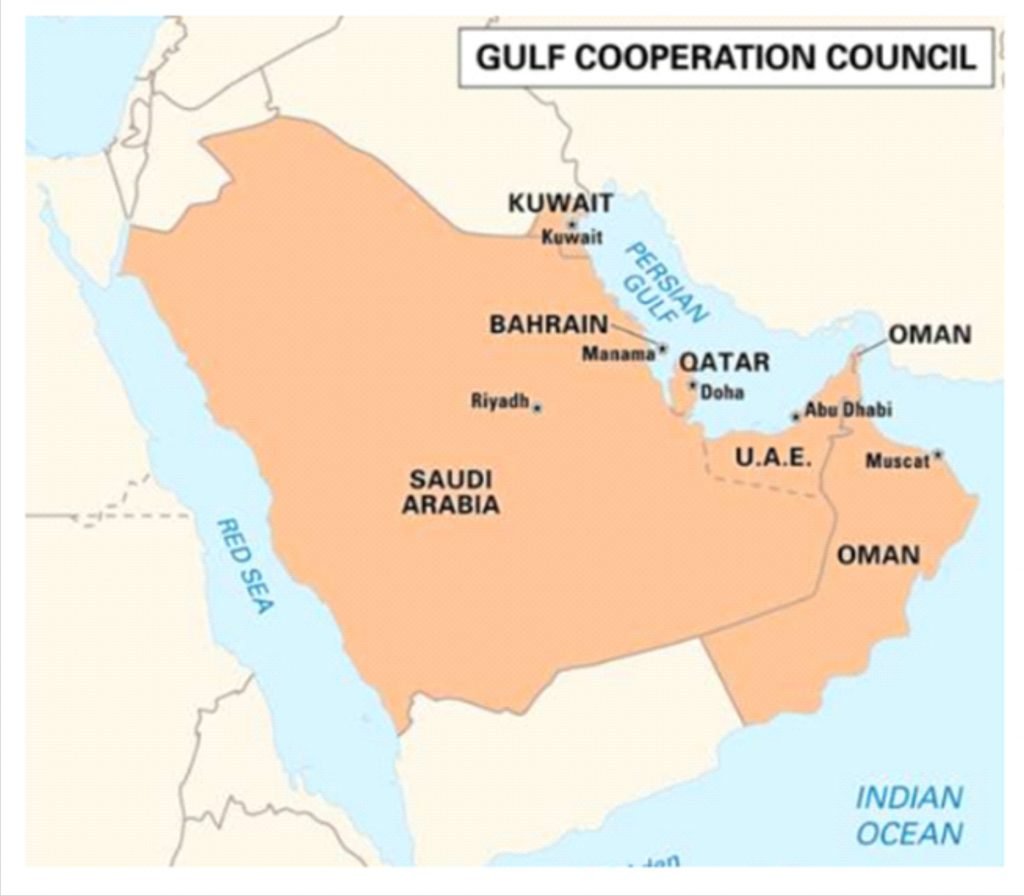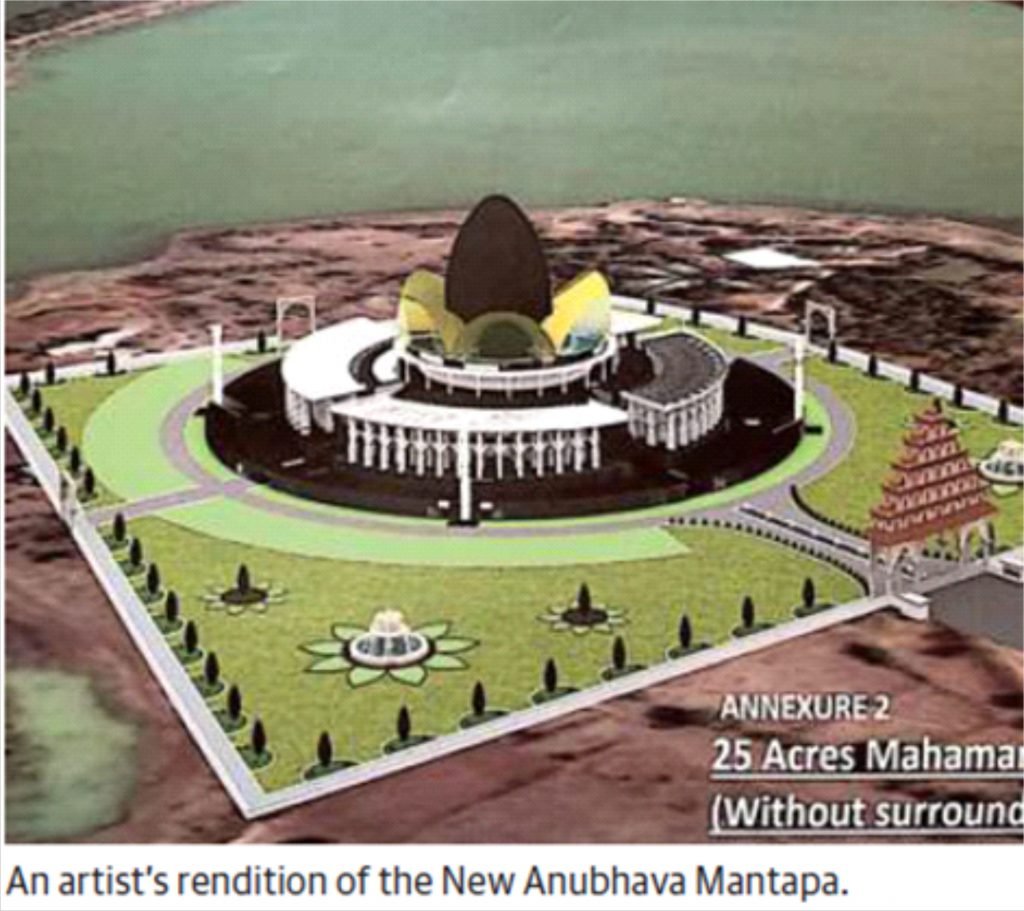Pregnancy losses
IN NEWS:
- According to a modelling study published in The Lancet Planetary Health journal, pregnant women in South Asia like India, Pakistan, Bangladesh are exposed to poor air quality, and may be at higher risk of stillbirths and miscarriages.
ABOUT:
- Air pollution could be a major contributor to pregnancy loss in south Asia, so controlling air pollution is vital for improving maternal health.
- This is the first study to quantify the burden in south Asia, which is the most populous region in the world and has the highest rate of pregnancy loss. Therefore, understanding the risk factors for pregnancy loss in south Asia is crucial to improving maternal health regionally and globally.
HIGHLIGHTS OF STUDY:
- South Asia has the highest burden of pregnancy loss globally and is one of the most PM2.5 polluted regions in the world.
Why air pollution can cause pregnancy loss?
|
- Losing a pregnancy can have knock-on mental, physical and economic effects on women, including increased risk of postnatal depressive disorders, infant mortality during subsequent pregnancy, and increase the costs related to pregnancy, such as loss of labour. Therefore, reducing pregnancy loss may also lead to knock-on improvements in gender equality.
- The increase in risk was greater for mothers from rural areas or those who became pregnant at an older age, compared to younger mothers from urban areas.
- Pregnancy loss associated with air pollution was more common in the Northern plains region in India and Pakistan. Although the total burden of pregnancy loss was predominantly borne by rural women aged under 30 years old in recent years, the burden attributable to PM2.5 also affected older mothers (aged 30 years or over) in rural areas because of their high susceptibility to the adverse effects of PM2.5.
- Although WHO’s guidelines aims for a safer level of air pollution, India’s standard is a more realistic target level, given the high average levels of air pollution in the region and there is a need to balance practical governance and public health.
Caracal
IN NEWS:
- The National Board for Wildlife approved a recovery program for the caracal, which is now a critically endangered species. The caracal is found only in Gujarat and Rajasthan.
ABOUT:
- They are found in the marshy areas of Kutch district, the higher areas closer to Kalo Dungar with grassy scrubland; and in Rajasthan’s Sawai Madhopur, Karoli, and Dholpur districts.
- The International Union for Conservation of Nature (IUCN) lists caracals as a species of ‘least concern’, mainly due to their large numbers in Africa. But in India they are ‘endangered’.
- The caracal ranges across Africa and the Middle East to India. It is keenly adapted to the potentially harsh environments of savanna, semi-desert, dry woodland, arid hilly steppe, and dry mountains.
- The caracal’s place in the cat family tree is somewhat muddled, but it is believed that it is closely related to the serval and golden cat.
- The word caracal is from a Turkish word that means “black-eared.”
Middle East crisis
IN NEWS:
- Gulf states signed a ‘solidarity and stability’ deal at the 41st Gulf Cooperation Council (GCC) summit held in Al Ula, Saudi Arabia.
- Members of the GCC signed a deal in AlUla, Saudi Arabia to remove all the sanctions over Qatar and re-open their land, sea and air borders to Qatar.
Riyadh-Doha break
- In 2017, Saudi Arabia led an Arab transport blockade against Qatar, ostensibly to pressurize Qatar into reducing diplomatic and economic relations with Iran, Saudi Arabia’s great rival in the region.
- Coalition countries put 13 demands as conditions to resume relations, including shutting news organisations such as Al Jazeera, closing a Turkish military base in the country, and downgrading ties with Tehran.
- Qatar called the embargo a violation of international laws and instead, strengthened ties with Iran and Turkey.
- Gulf Co-operation Council (GCC) members Kuwait and Oman broke ranks with the Saudi group, and Kuwait sought to assume the role of mediator between the coalition and Qatar.
India’s Relation with Gulf Region
- The friendly relation between India with GCC has been reflected in the bilateral trade of around USD 121 billion and remittances of USD 49 billion from a workforce of over nine million.
- GCC suppliers account for around 34% of India’s crude imports.
- India has always shared a friendly relationship with Iran. Due to the USA’s pressure (abandoned the nuclear deal (Joint Comprehensive Plan of Action)) which has politico-economic impacts led to complex phase in India and Iran relations.
- India shares a friendly relation with Qatar (India’s External Affairs Minister met the top leaders of Qatar) and even at the time of sanctions on Qatar, India maintained a cordial relation with the oil rich nation.
- India never participated in local or regional disputes in the region. India depends on Gulf for energy and thus, their trading relation is marked by growing volumes of energy imports into India. There is also substantive investments from the Gulf into the Indian hydrocarbon sector.
- Number of Indian workers work in Gulf Countries. Gulf Partners and India are also taking stps towards defence cooperation.

Anti-conversion laws
IN NEWS:
- The Supreme Court (SC) agreed to examine the constitutional validity of laws enacted by States, such as Uttar Pradesh and Uttarakhand, that criminalise religious conversion via marriage and mandate prior official clearance before marrying into another faith.
ABOUT:
- SC did not stay the implementation of the Prohibition of Unlawful Conversion of Religion Ordinance, 2020 and the Uttarakhand Freedom of Religion Act, 2018.
- Those who are found guilty under these laws stare at a 10 year prison sentence. The offences are non-bailable.
- Laws passed by the states violates fundamental rights of dignity and liberty enshrined under Article 21. They had been enacted despite a series of judgments by the SC, including in the Hadiya case, that right to marry a person of one’s choice was part of an adult’s privacy.
- A series of Supreme Court verdicts underline that the choice of a life partner, whether by marriage or outside it, was part of an individual’s “personhood and identity”.
- The court had said in its Hadiya case judgment, “Matters of dress and of food, of ideas and ideologies, of love and partnership are within the central aspects of identity.
- Neither the State nor the law can dictate a choice of partners or limit the free ability of every person to decide on these matters.”
- In the S. Puttaswamy case, or ‘privacy,’ judgment, a Constitution Bench said the autonomy of the individual was the ability to make decisions in vital matters of concern to life.
- Any interference by the State in an adult’s right to love and marry had a “chilling effect” on freedom. Intimacies of marriage lie within a core zone of privacy, which is inviolable.
- “The absolute right of an individual to choose a life partner is not in the least affected by matters of faith”.

‘New Anubhava Mantapa’
IN NEWS:
- Karnataka CM laid the foundation stone for the ‘New Anubhava Mantapa’ in Basavakalyan, the place where 12th century poet philosopher Basaveshwara lived for most of his life.
ABOUT:
- It is a ₹500 crore project and will be completed within two years on a 7.5 acre area.
- This project highlights the teachings of Basaveshwara (an icon of the Veerashaiva Lingayat community).
- The Project was first proposed back in 2016. Basavakalyan, an important pilgrim centre for Lingayats.
- The New Anubhava Mantapa, as envisaged now, will be a six floor structure.
- It will showcase the 12th Century Anubhava Mantapa (often referred to as the “first Parliament of the world”) established by him in Basavakalyan, where philosophers and social reformers held debates.
- The building will adopt the Kalyana Chalukya style of architecture.

“Specified Skilled Worker”
IN NEWS:
- The Union Cabinet has approved the signing of a Memorandum of Cooperation between the Government of India and Government of Japan, on a Basic Framework for Partnership for Proper Operation of the System Pertaining to “Specified Skilled Worker”.
- Under this MOC, a Joint Working Group will be set up to follow up the implementation of this MOC.
SIGNIFICANCE:
- It would set an institutional mechanism for partnership and cooperation between India and Japan on sending and accepting skilled Indian workers, who have qualified the required skill and Japanese language test, to work in fourteen specified sectors in Japan.
- These Indian workers would be granted a new status of residence of “Specified Skilled Worker” by the Government of Japan.
- The Memorandum of Cooperation (MOC) would enhance people-to -people contacts, foster mobility of workers and skilled professionals from India to Japan.

